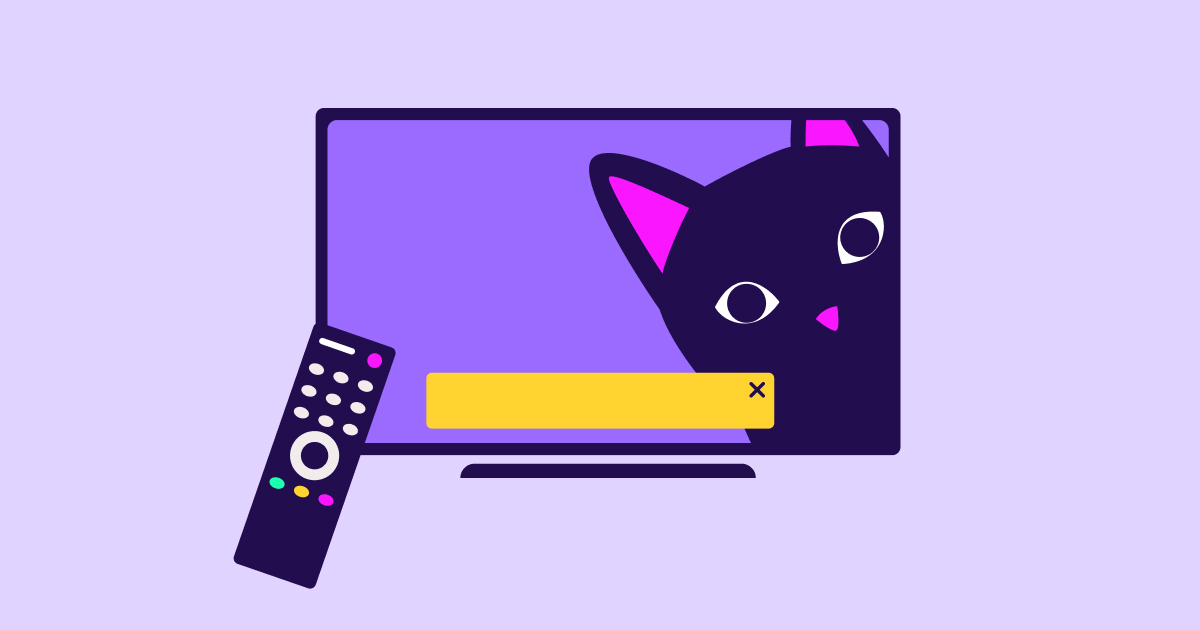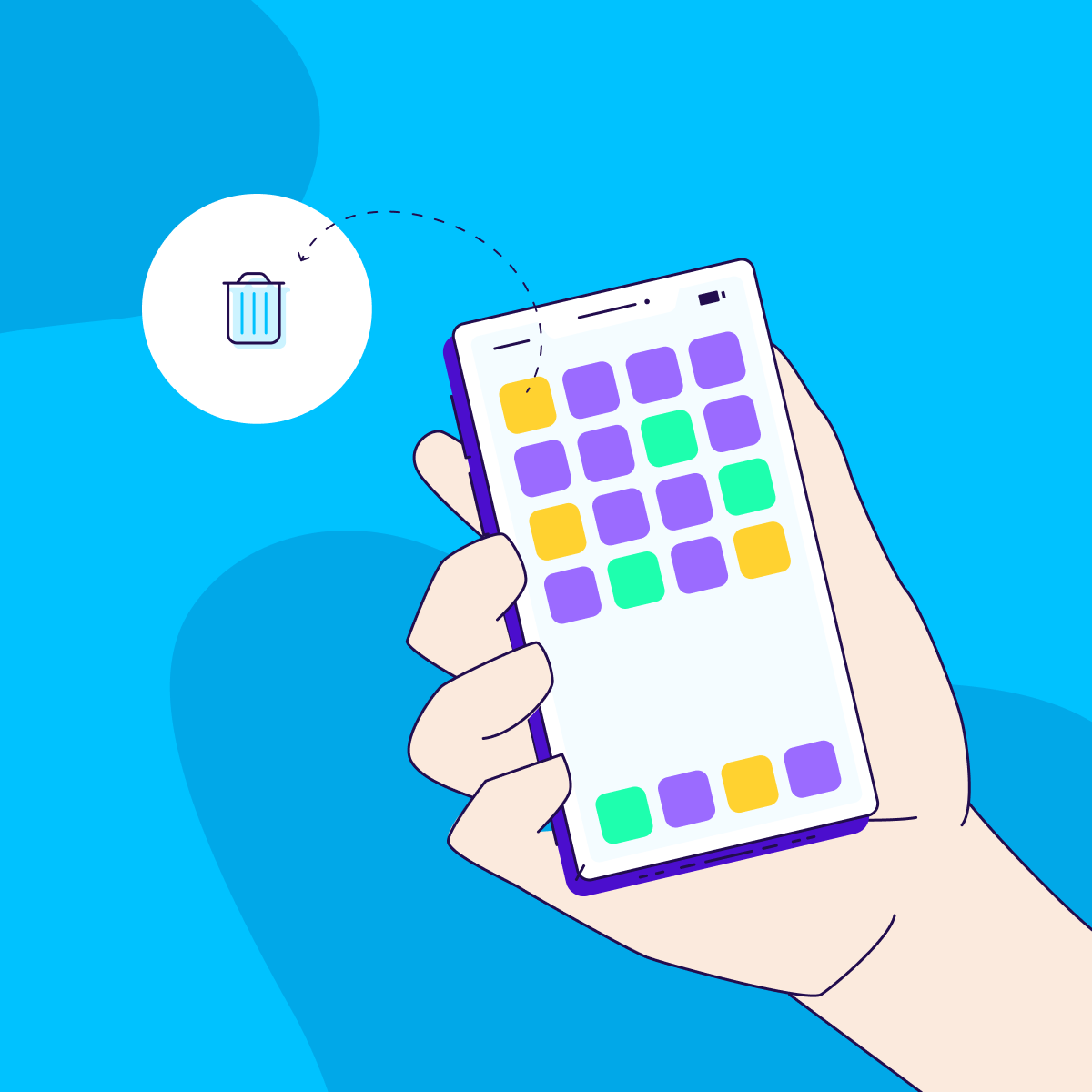
7 tips to improve your app uninstall rate

It’s tough out there. Today’s saturated app marketplace is creating lots of problems for marketers and developers, especially when it comes to usage (or rather lack of it)… But even worse than lack of usage is removing an app from one’s device. A high uninstall rate is a strong signal of discontent so it’s really important that you know when and why users uninstalled your app and make every effort to minimize that number.
Knowing uninstall rates also means you can implement extreme privacy measures in order to protect your customers’ privacy and data.
The following tips are a good place to start.
They are part of our new App Uninstall Report which provides uninstall benchmarks by platform, category and country. It is the industry’s most comprehensive study on the subject to date, offering, for the first time, data on iOS uninstalls.
1. Utilize uninstall data to acquire intelligently
Dive deep into your user acquisition data to understand which channels, media sources, campaigns, publishers, countries and creatives delivered loyal users and which delivered high uninstall rates – and shift budgets accordingly.
Don’t forget to factor ROI in as low quality installs with high uninstall rates also have far lower price tags (but remember a high uninstall rate will also hurt your app’s ranking in the app store – so use moderately).
2. Re-engage across channels
The best tactic to prevent uninstalls is to ensure a user’s ongoing engagement from the get go. The key here is obviously a great product/app that meets the user’s expectations.
But from a marketer’s perspective it means using all available channels – push, email, remarketing, social – to continuously keep the app top of mind and propel users to engage with your app rather than the dozens on their device and numerous others in the app stores.
Each channel is important: 86% of emails are opened on a mobile device; a personalized push message doubles retention rates and reduces the likelihood of an uninstall by 15%; and remarketing is becoming a top priority for marketers.
Strong engagement is driven by many factors, with frequency and relevancy topping the list. Measure, test, and then do it again and again to pinpoint the ideal number of engagements per channel and across channels. Too much and you risk losing the user.
3. Define in-app KPI milestones to understand where users drop off
Understand the relationship between usage and in-app funnel progression (e.g. in gaming: tutorial completion, registration, level 5 success, level 10 success, in-app purchase. In eCommerce: category, product, add-to-cart, purchase).
It is particularly important to know at which point an active user suddenly becomes inactive so you can encourage them to continue using your app by offering a special promotion, a discount, etc. And on an aggregated level, if you’re seeing a significant drop after a certain stage in your funnel, you probably need to change something in the app itself.
4. Measure rich in-app events to enhance relevancy
Granular measurement of in-app events will help you understand what each user does in-app, add them to a specific segment and run highly targeted campaigns across email, push and / or remarketing with content that is relevant to the user’s segment and personalized based on the user’s actions.
For example, rather than simply measuring add-to-cart events, you can measure add-to-cart events of users who viewed running shoes priced above $100. Armed with this knowledge you can re-engage with those users by using a specific offer for quality running shoes, or even a new Dri fit collection.
To further enhance relevancy, show users the exact pair of shoes they added-to-cart. When the content speaks to the user, action often follows!
5. Offer real value to reactivate dormant users and uninstallers
Users need compelling value propositions to come back to an app they’ve stopped using or uninstalled. The best way to spark their interest and generate action is through discount offers and exclusive content.
According to a Think With Google survey, 30% of users polled said they would be prompted to restart using apps not used or uninstalled if offered a discount or coupon for their next purchase, while 26% said exclusive content would do the trick.
6. Use video ads to find the right matches
Joint AppsFlyer-AppLovin research has shown that video ads are a proven method to acquire loyal users. That’s because a video ad can show so much more of what an app has to offer, and as such sets the right expectations.
A video helps users better understand if the app in question is right for them or not. With insufficient information, users install an app only to realize that it was not what they had hoped for – and then the uninstall quickly follows. Don’t leave room for surprises!
7. Have a fantastic app!
Although this is mainly aimed for product managers rather than marketers, the best way to reduce an app’s uninstall rate… is to have a truly great app.
This may seem obvious but if your app does not deliver on all fronts then all the marketing data in the world won’t help.
That means, first and foremost, performance (rapid loading, no crashes), a great UI/UX that makes everything simple and intuitive – especially while onboarding a new user, non-intrusive in-app ads that do not affect app performance, and delivering what the app promised to deliver!




